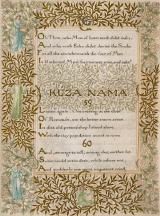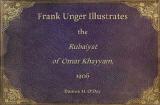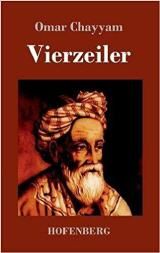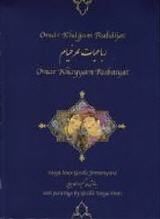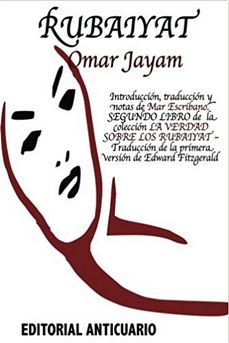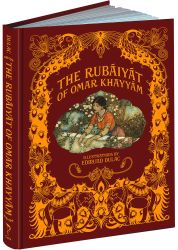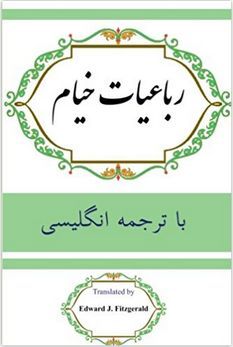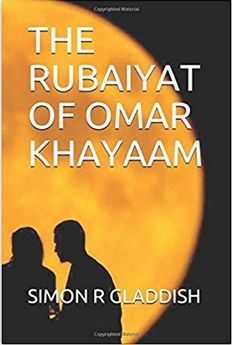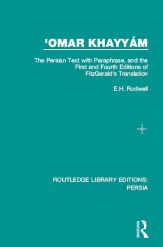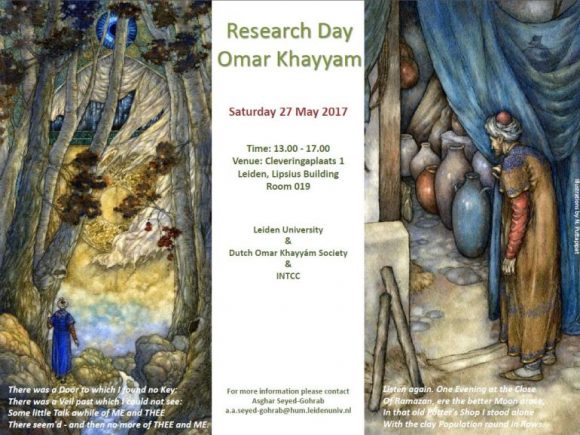Author Archives: Editor
New issue of Omariana newsletter
 A new issue of Omariana, nr. 7 (Winter 2019) is now available. As usual you will find new books, recent articles and more.
A new issue of Omariana, nr. 7 (Winter 2019) is now available. As usual you will find new books, recent articles and more.
Please use the subscription form if want to receive Omariana in your email box.
Jos Biegstraaten 1944-2018
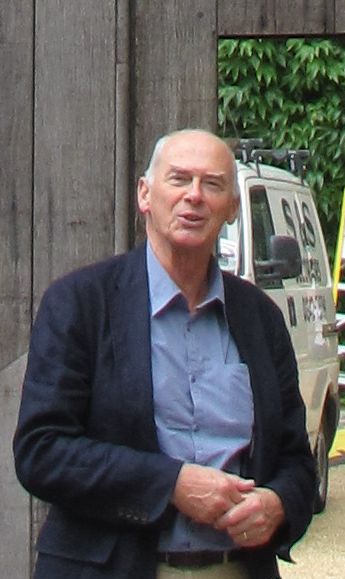 Jos Biegstraaten, founder and long-time president of the Dutch Omar Khayyám Society, passed away Friday March 23.
Jos Biegstraaten, founder and long-time president of the Dutch Omar Khayyám Society, passed away Friday March 23.
Biegstraaten was the first in the Netherlands to bring Dutch enthusiasts and lovers of Omar together. They formed a small group of four, meeting twice a year in an informal setting, discussing and exchanging information about Khayyám and the Rubáiyát.
The club soon developed into a more serious society, including academics, publishers, translators and collectors, their efforts resulting in yearbooks, catalogues, contributions to journals and magazines, concerts and exhibitions and more. All of this thanks to Biegstraaten’s never ending enthusiasm and inspiration.
Jos was also a keen collector of rubaíyát editions. He loved to meet and talk to people who shared his interest, and he was proud to be a member of the prestigious London Omar Khayyam Club.
A particular field of interest became the ‘Omar Khayyám parody’, in which he was an expert. As if to express with Omar that life and life’s questions should be taken with a smile.
The Dutch Society will remember Jos Biegstraaten as a true friend of Omar, and a friend of all omarians.
New issue of Omariana newsletter
 A new issue of Omariana, nr. 4 (2017) is now available. As usual you will find new books, recent articles and more.
A new issue of Omariana, nr. 4 (2017) is now available. As usual you will find new books, recent articles and more.
Please use the subscription form if want to receive Omariana in your email box.
New editions
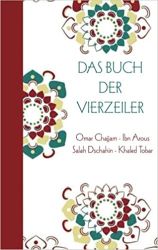 |
Das Buch Der Vierzeiler. Khaled Tobar; Salah Dschahin; Ibn Arous; Omar Chajjam. Welten, 2017. 76 p. ISBN: 978-1978164451 |
New issue of Omariana
 A new issue of Omariana, nr. 3 (2017) is now available. As usual you will find new books, recent articles and more.
A new issue of Omariana, nr. 3 (2017) is now available. As usual you will find new books, recent articles and more.
Please use the subscription form if want to receive Omariana in your email box.
Omar Khayyám Research Day
The Nederlands Omar Khayyám Genootschap (Dutch Omar Khayyám Society) is planning an Omar Khayyám Research Day, May 27, 2017. The event will take place in Leiden, in co-operation with Leiden University and Iran Netherlands Trade and Cultural Center.
PROGRAMME
13.00 Words of Welcome
13.15 Bill Martin & Sandra Mason
The Rubaiyat of Omar Khayyam in the West
How Edward FitzGerald & Edward Cowell made it popular
14.00 Nasrollah Pourjavady
Omar Khayyam’s Idea of Being in His Quatrains
14.45 Break
15.15 Asghar Seyed-Gohrab
Transgressing the Law: Khayyam and his Antinomian Views
15.45 Jos Coumans
Comparative tables of the Calcutta & Bodleian quatrains
16.15 Rokus de Groot
Musical approaches to Omar Khayyâm’s Rubâiyât in the Netherlands
17.00 Concluding remarks
For more details on time and location, see the poster, or contact Asghar Seyed-Gohrab on a.a.seyed-gohrab@hum.leidenuniv.nl.
